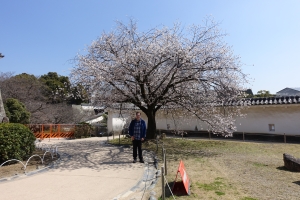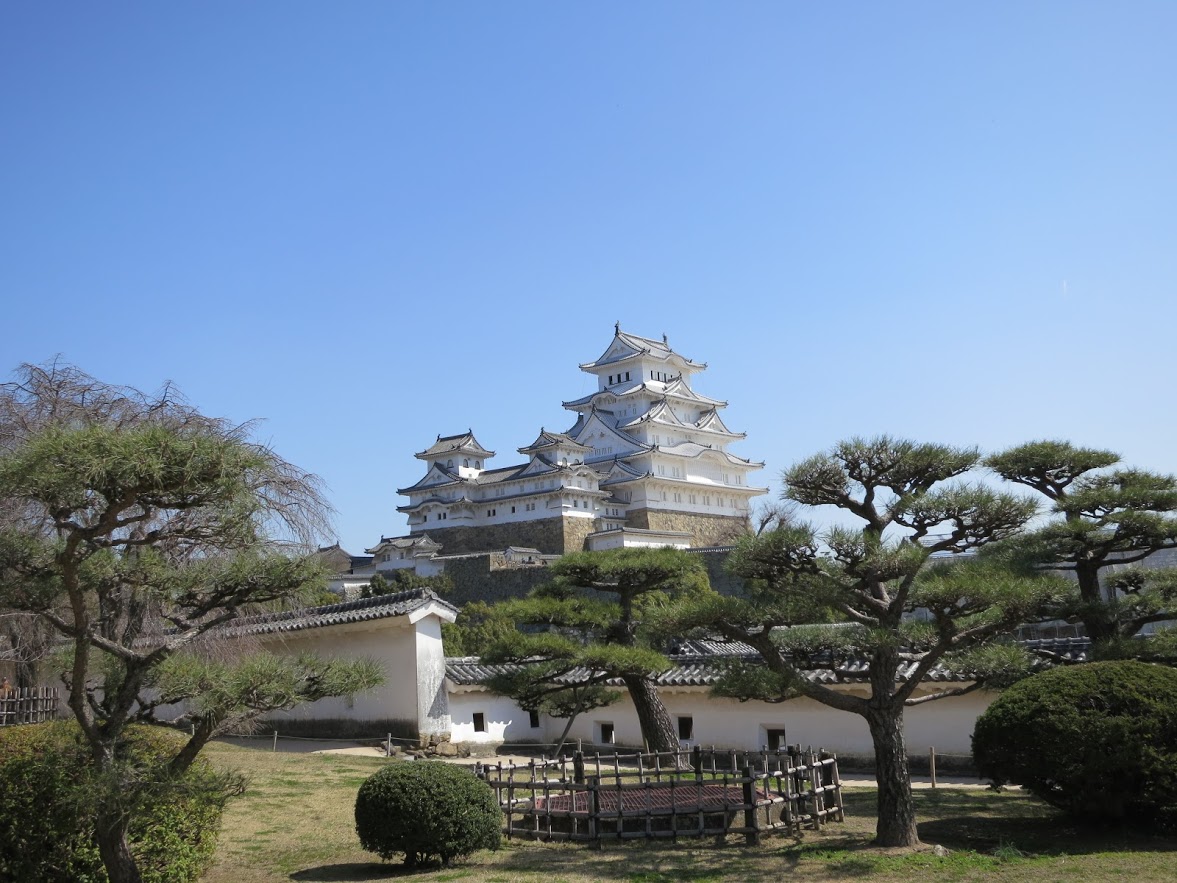Originally Shared on my new website: writershemisphere.wordpress.com
In 1991, ten year old me sat spellbound as I watched the events of the sequel to Star Wars unfold in front of my very eyes. "Wait!" I hear you say, "There were no sequels to Star Wars in 1991. The last movie was 'Return of the Jedi' in 1983." Ah, my young apprentice, I sense your impatience flow through you. What I speak of is no movie, it was a series of books known as "The Heir to the Empire" or better known as "The Thrawn" trilogy.
Shortly after Star Wars original trio of movies ended there was an enormous fanbase ready and waiting for more stories from the universe. People wanted Han and Leia and Luke and Chewbacca along with Lando Calrissian and others to return and continue their adventures. George Lucas, being the enterprising man he is, granted permissions for authors to continue his work in novelizations since he had no plans at the time for any follow up movies. For better or for worse, the Thrawn Trilogy was the force which convinced him otherwise and which sparked the fire that spread to the farthest sides of the Star Wars Universe that was to come after the new millenium.
At its heart, the Trilogy is about the lives of our characters after the Empire's fall, about how Han and Leia start a family and how Luke struggles to be a symbol of hope despite being the last jedi. The series does re-hash many of the themes and ideas of the original movies, but it also introduces new characters and situations as our characters and the rising "New Republic" face off against a resurgent Empire.
This alone is a great premise for a series of books, but what makes the Thrawn trilogy truly great are the new characters. There are many supporting characters that fans would come to know and love for years including the mysterious Mara Jade, a smuggler and assassin with shadowy ties to the Empire. There's the smugglers around the suave and sly Talon Karrde, who are played one off another as they decide which side of the war they should side with. By far the most striking characters we are introduced to, however, are not on the good guy's side.
The three books are known as "The Thrawn Trilogy" because of one character, the central villain, Grand Admiral Thrawn. Thrawn is a brilliant tactician, an alien who rose to the highest military rank in an otherwise racist Empire due to his brilliance as a tactician. There is a humanity in this alien who studies the history and philosophy of his enemies as much as he does military tactics. Thrawn is introduced to us studying art, and through the officers and creatures surrounding him we start to realize a strange fact. We can see where he comes from, how he works, the value he puts in his work.
Where Darth Vader showed us the humanity behind a fearsome cyborg mask, Thrawn shows us the tenacity of a man driven by vision to make everyone around him the best they can possibly be. Of course, the story is driven by his actions, and he executes this masterfully up to the very end.
It has been years since I read these books, but with a recent re-release for the 25th anniversary on audible, I snatched up the opportunity. The series is read by Mark Thompson, who is a masterful voice actor, and I was reminded how masterfully the author, Timothy Zhan, executed his work. I harkened back to myself in 1991, excited and anxious with each act as it unfolded, and when it was done I felt both sad and satisfied as I did watching the movies. I remember that it was Zhan and Thrawn, which I first emulated in my earliest writing.
Today with the new sequels and a new canon, Star Wars has mostly forgotten this series. While Thrawn's popularity has vaulted him back into the canon, it was not him alone that made the books great. It is a series worthy of movie adaptation, but the likelihood of that happening vanished long ago. Even so, the so called "legends" universe still stands a test of time even 25 years later. If you are a fan of Star Wars, if you like or dislike the new series of movies, you should give these books a try. They are the (almost) forgotten Star Wars Sequels, and the force is strong with them.

















